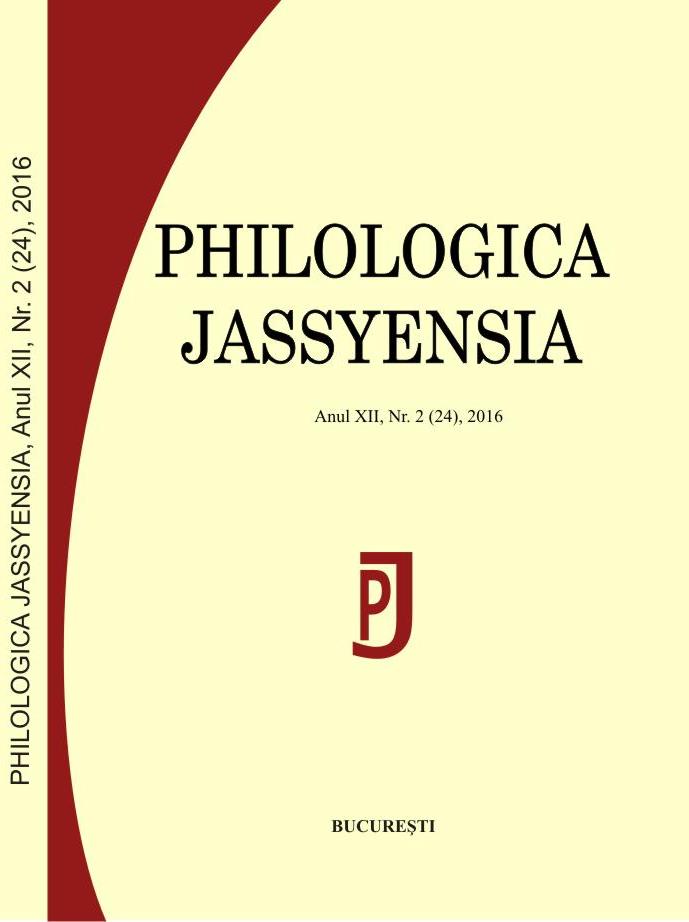Les noms propres de la première traduction en roumain de la Septante. Observations sur la catégorie grammaticale du genre
Proper Names in the First Romanian Translation of the Septuagint. Observations on the Grammatical Category of Gender
Author(s): Ana-Maria GînsacSubject(s): Language and Literature Studies
Published by: Editura Tracus Arte
Keywords: proper names; formal adaptation; gender; Romanian; Septuagint; 17th century
Summary/Abstract: The process of formal adaptation (graphic, phonetic and morphologic) to the Romanian language system of proper names in the Old Testament began in the second half of the 17th century with the first complete translation of the Septuagint (Frankfurt, 1597) into Romanian, kept in manuscript (MS.45) at the Romanian Academy Library – Cluj-Napoca Branch. The transposition of proper names from the Greek text into Romanian was influenced by factors such as: the different alphabet of the source-text, the fact that the Septuagint represented a non-unitary translation, the literality of the Romanian translation and the different formal characteristics of proper names in Greek and Romanian. Starting from the most known studies regarding the grammatical properties of proper names in the Septuagint, we aim to investigate the manner in which proper names denominating persons and places in the Greek text were adapted to the gender series of the Romanian language. As far as proper names are concerned, the general characteristic of the Septuagint is that Hebrew proper names ending in a vowel were regularly inflected in Greek, while proper names ending in a consonant remained uninflected. Specific and non-specific gender endings in which they are included in the Romanian language are in close connection with their form in the source-text, with the techniques of their transference into Romanian, and with the specificity of the morphologic system of the Romanian language. In the case of proper names denominating persons, the masculine gender value is given by specific endings (consonant, derived sometimes from the failure to adapt in Romanian the Greek case endings, and -u) and non-specific endings (-a, -e, -i and -o) for the masculine gender value in Romanian, some resulting following the graphic and phonetic adaptation of Greek case endings and some others representing transliterations of certain Hebrew forms which were not adapted into Greek (i.e., ending in stressed vowel); the ending -(i)e (gr. io", ion; -ia", ian) was imposed due to the influence of the Greek-Slavic culture. The feminine gender value is represented by the specific ending in -a as well as the non-specific endings in -i (resulting from either the transliteration of the letter -i or the transcription of the Reuchlinian pronunciation of the letter h) and in consonant (sometimes resulting from the failure to adapt the Greek ending). In the case of proper names denominating places, the feminine gender value is expressed by the vowel ending in -a (with the version -(i)a), that sometimes transliterates a vowel ending which was not adapted into Greek. The non-feminine gender value is represented by the vowel endings in -i and -o (that derive from the transliteration of the non-inflected form in the source-text) and the consonant endings of Hebrew origin, transliterated as such into Romanian.
Journal: Philologica Jassyensia
- Issue Year: XII/2016
- Issue No: 2 (24)
- Page Range: 95-104
- Page Count: 10
- Language: French

